Cape Range National Park is a wondrous place, with a rugged hilly terrain of limestone ranges situated on the west side of the North West Cape. These deep canyons form culverts in satellite maps and with 50km of pristine beaches, taking a roadtrip down would make you want to stop & dip at every bay.
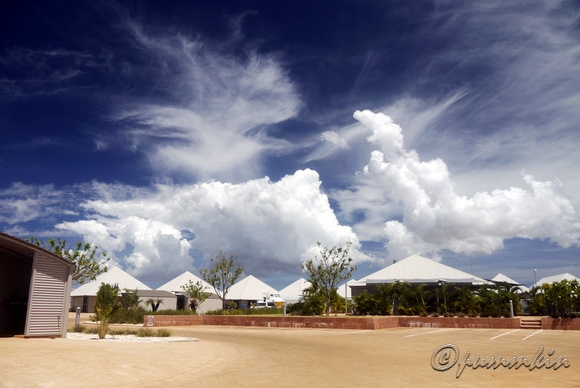
Exmouth Escape Resort.
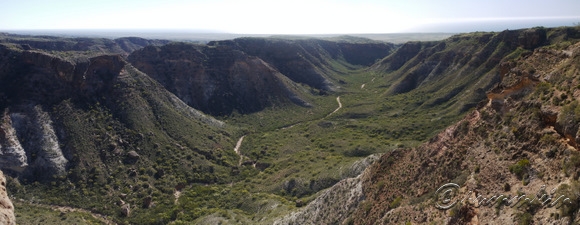
Thomas Carter Lookout
The 50,581 hectares park is just 40km from Exmouth. We drove here upon spending 3 days at Coral Bay & another 4 days at Exmouth Escape Resort. I saw some big red kangaroos here & stalked an emu for a picture!
According to what’s on record, ’in ancient times the range was isolated as an island as rising sea levels inundated lower lying areas. As a result of this geographic isolation there are some species of plants and animals that are endemic to the area, including the red centred variety of the Sturt Desert Pea. Surveys have recorded over 630 species of flowering plants on the peninsula of Cape Range National Park. This is a surprisingly high number for an arid limestone area. Over 700 caves are catalogued in the area and it is likely that many remain undiscovered. There are numerous gorges and sanctuary areas that provide a haven for wildlife and contain often rare and unusual flora. A beautiful array of wildflowers can be seen in late winter including Sturt Desert Peas and the beautiful Bird Flower.’
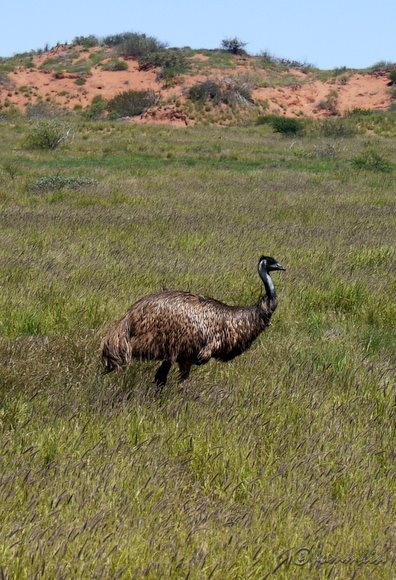
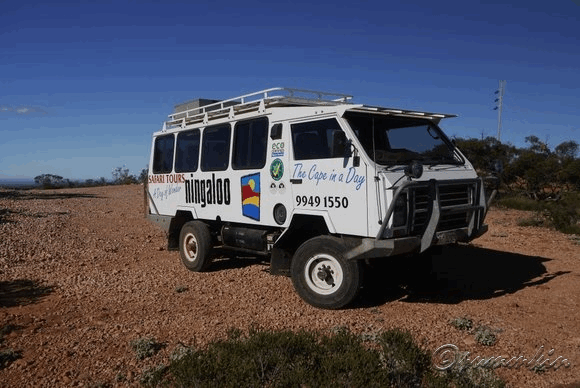
I went on the Top of The Range tour of the Cape Range National Park to see the beautiful natural surroundings. Dave of Ningaloo Safari Tours, gave a brilliant commentary on the history & origins of this place, as he drove the 4WD over the ridges that overlooks the canyon below. The rock formations & caves in the area were a sight to behold. If I wasn’t taking photos of the rocks or the scene, I was looking out for unusual plants & fossils on the ground. Our first meander was through Charles Knife Gorge. We stopped for morning tea & fresh fruit cake on top of the ridge before continuing the journey to Milyering Visitor’s Centre. You can find interpretive displays, audio-visual facilities and a library containing a wealth of information on the National and Marine Parks to help visitors appreciate the natural environment.
Here, I bought some souvenirs & Torri Bottroff, the lady at the souvenir shop counter, suggested that I go for the patches & some stickers to commemorate my trip upon telling her where I was from. And I did just that! Thank you, Torri! It was a delight to have met you!
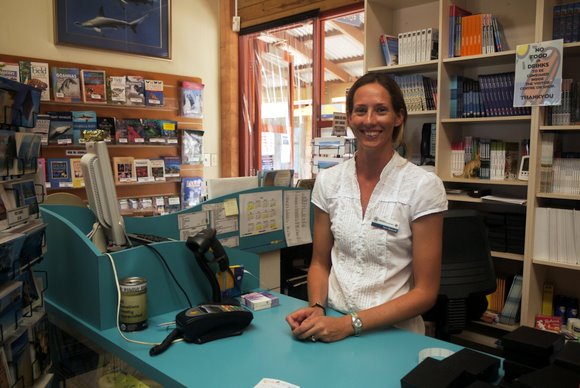
We headed to Osprey Bay for a swim in the crystal clear warm sea & it was simply refreshing after the ride. Dave & his family who joined us in a separate car, prepared a delicious lunch of fresh prawns & sandwich for us after the swim & we continued to Yardie Creek to see the Black Footed Rock Wallabies! The walk to the creek before boarding the boat yielded some great fossil finds! According to Exmouth Visitor’s Centre, ”˜Centuries of erosion have formed a spectacular multi-coloured gorge. Hidden within the safety of the gorge walls is a colony of black-footed rock wallabies. Yardie is the only gorge in the area with permanent water however this is salt water fed from the ocean. This interesting ecosystem has mangrove areas that provide roosting sites for many bird species while the sheltered waters are a sanctuary for many marine animals. The beginnings of the gorge are deep in the limestone range. These timid creatures seek shelter on ledges along the gorge walls resting during daylight hours, coming out to feed in the cool of the night. There is a relatively easy walking trail along the top of the northern wall of the gorge or you can join a boat cruise through its cool depths.’ Definitely not to be missed.
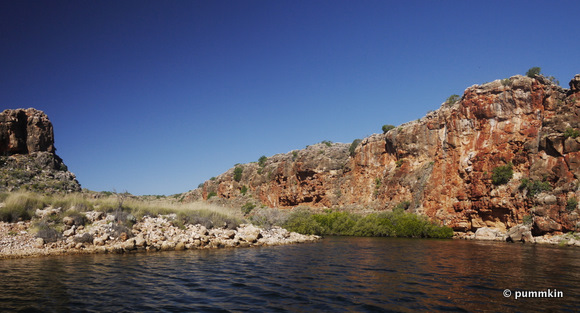
Yardie Creek.
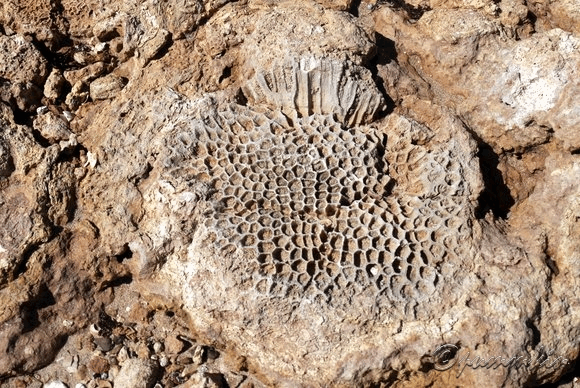
By evening, we headed towards Turquoise Bay & Ningaloo Marine Park, our last stop was Vlamingh Head Lighthouse. The moon had risen in the horizon & after the long ride, it was good to unwind with a glass of wine over dinner at Novotel Ningaloo Resort Exmouth to end our evening. To get to Exmouth, get your flights to Australia & land in Perth. Then fly to Exmouth in the North West.

In recent years, the online gambling industry has been developing at a fast pace, giving gamblers a vast selection of ways to play. Cutting-edge services http://www.ecosign-project.eu/te-apuesto-programacion-digital-actualizada-pdf-y-10/ allow players to fully engage in the adrenaline rush of betting remotely. Innovations in digital solutions, fresh gameplay features, and mobile compatibility have greatly increased the possibilities.
The wide range of betting categories accommodates a broad spectrum of interests. Some players enjoy timeless reel games with eye-catching visuals and engaging reward systems, while others prefer lucky draws and card-based entertainment that require strategy and analytical thinking. The sports betting and competitive gaming industry have also gained popularity, attracting both seasoned players and first-time users.
Reward systems remain a key aspect of the gaming sector. New user promotions, cost-free reel spins, cashback, and VIP rewards encourage users to continue playing. The battle for players’ attention drives the development of unique promotions that make gameplay more rewarding.
Advanced digital solutions ensures convenience and security. Optimized websites, adaptive interfaces, and encrypted payment systems allow for effortless gameplay.
For a successful gaming experience, it is essential to choose platforms wisely, taking into account aspects like regulations, promotional conditions, and platform credibility. A responsible approach helps players maximize enjoyment while minimizing potential risks.
The world of digital casinos continues to evolve, unveiling innovative experiences. Technological advancements, enhanced interactive elements, and modern payment solutions broaden its reach and thrill for gamblers from all corners of the world.